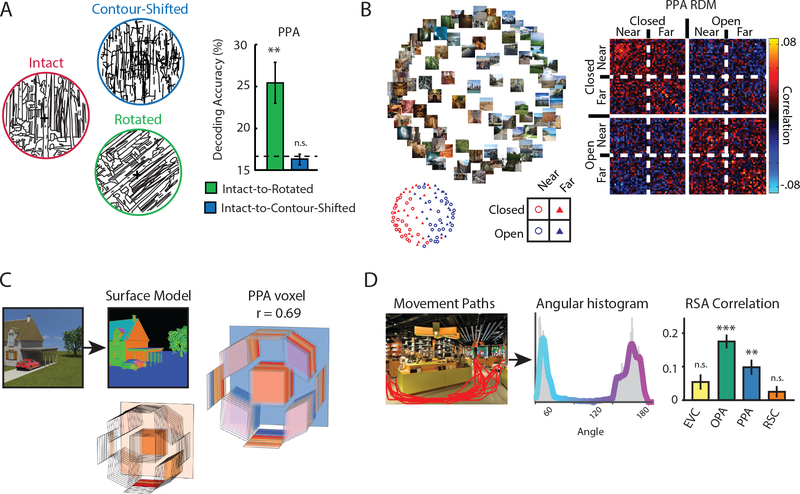Figure 3. Representations of the spatial structure of scenes.
A) Results from an fMRI study showing that scene representations in PPA rely on contour junctions, an important cue for the three-dimensional arrangement of scene surfaces. Multivoxel patterns were measured for line drawings depicting 6 scene categories. Category could be cross-decoded between original (intact) and rotated line drawings, but not between original (intact) and contour-shifted line drawings. The first manipulation preserves the contour junctions in the stimulus, while the second manipulation destroys them. Similar results were obtained in OPA.
B) Results from an fMRI study showing that scene representations in PPA are organized by spatial structure. Multivoxel activation patterns in the PPA were measured for 96 scenes. Multidimensional scaling of these data (left) reveals grouping of scenes based on layout (open vs. closed). The representational dissimilarity matrix (right) shows a clear distinction between open and closed scenes.
C) Results from an fMRI study showing that individual voxels in PPA respond to scenes based on layout-defining surfaces. Artificial scenes were modelled in terms of a histogram of surfaces at different tilt/slant and depth. Responses of voxels in scene regions could be predicted based on this model. Right shows a PPA voxel that exhibits a complex sensitivity, including strong response to fronto-parallel surfaces at intermediate distances.
D) The navigational affordances (i.e. pathways for movement) of scenes were evaluated by a set of raters, and then quantified in terms of an angular histogram. Representational similarities between multivoxel patterns in OPA (and, to a lesser extent, PPA) were related to these affordances.

